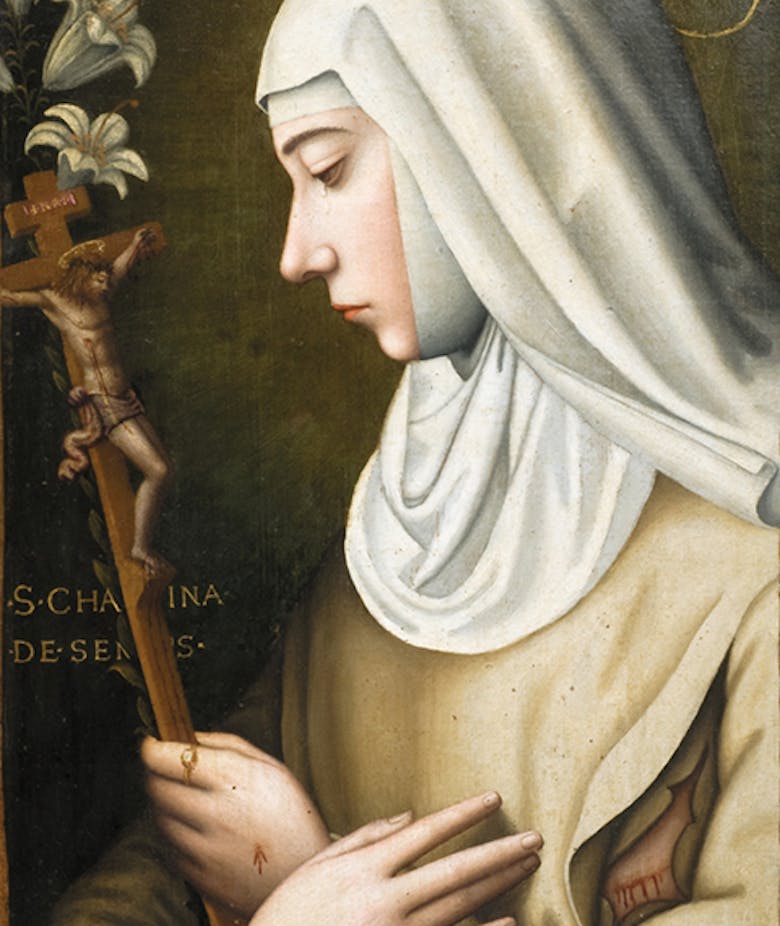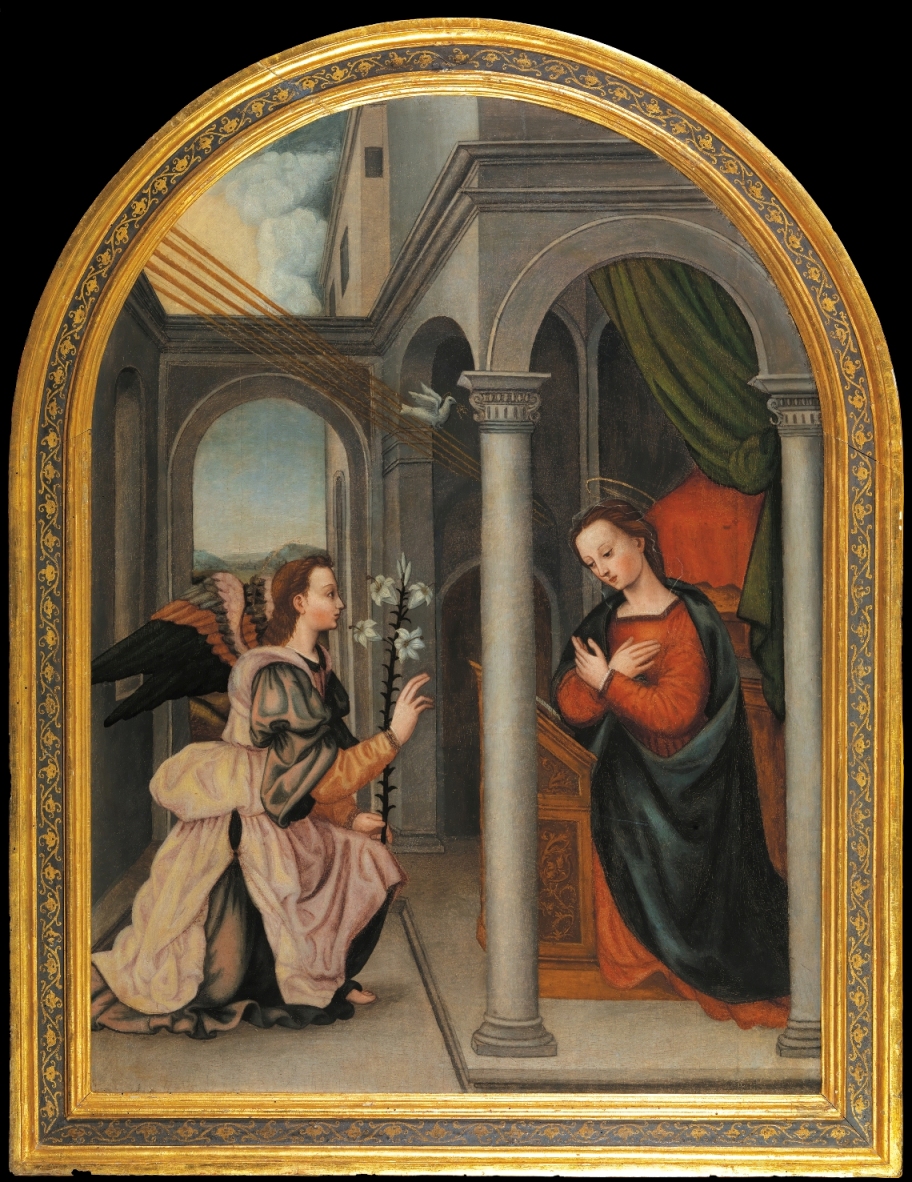The recent fascination surrounding Renaissance painter and nun Plautilla Nelli follows a familiar narrative. The inspiring story goes a little along the lines of: “genius-woman-artist-finally-recieves-art-historical-due-after-centuries-of-obscurity,” and is one we know all too well. Most articles about the now-revered nun are quick to point out that she was just one of four women cited in Giorgio Vasari’s seminal 1550 work Lives of the Most Excellent Painters, Sculptors and Architects, considered a cornerstone of art historical scholarship, and this narrative is, of course, an undeniably important one. Recovering the work of all the brilliant female artists who achieved success in spite of the odds stacked against them remains as relevant and necessary as ever. By failing to do so, our understanding of the past remains unbalanced, biassed, and, frankly, less interesting.
But there is another aspect to Nelli’s story that warrants further investigation–one that revolves around emancipation and creative empowerment experienced by women within the confines of Florentine convent life. This lesser-known narrative sheds light on female ingenuity throughout the 16th-century, providing a broader and richer understanding of secular life during the Renaissance era. Born into a merchant family in 1524, the self-taught Sister Plautilla joined the cloistered walls of the Dominican convent of Santa Caterina da Siena aged just 14. Soon after, she began making miniature copies in the style of Renaissance “master” Fra Bartolomeo, garnering countless commissions from noble families and earning herself a reputation as one of the city’s most sought-after devotional painters.
Throughout the High Renaissance, the number of nuns in Italy exploded. According to art historian Karen Chernick, the nun population reached 2,500 in 1515 in Florence alone, and by 1552, approximately 1 out of every 19 Florentines was a nun. These numbers can be attributed to a number of factors, one being that it was customary for families to send women who weren’t set to receive the hefty dowry reserved for their eldest daughters to convents. But perhaps more fascinatingly, another was that joining a convent was often a creative solution, rather than a hindrance, for women like Nelli, whose status as a nun enabled her to pursue fine art when women were all but banned from the profession.
Life drawing classes were deemed unsuitable and potentially detrimental to Renaissance women’s moral conduct, and landscape painting was just as challenging a genre–simply because the direct observation of nature was restricted by societal rules of decorum, which mandated that women be accompanied by a chaperone when venturing outside the domestic sphere. Women were allowed to paint as part of their cultural education, but, as the Italian director of the Advancing Women Artists Foundation Linda Falcone explains, the only way to obtain large-scale commissions (and to depict the dramatic biblical scenes that had brought male artists widespread acclaim) was by joining a convent. Religious life also offered an alternative to the domestic and often restrictive duties associated with marriage and motherhood, allowing women to pursue their academic inclinations–and, in the case of Nelli, the freedom to unleash her remarkable talent as a painter. In more ways than one, then, nunneries served as nurturing grounds for women’s intellectual and artistic capabilities, effectively functioning as early art residencies.

Plautilla Nelli, “The Last Supper”
The idea that monastic existence provided a conducive environment for artistic creation has long been acknowledged by art history, and many of the most celebrated works to come out of the Italian Renaissance were painted by monks–but when it comes to artwork produced by their female counterparts, they remained concealed within convent walls for centuries and have only recently begun emerging into the spotlight. One such work is Nelli’s astonishing depiction of The Last Supper, finally placed on public view at Florence’s Santa Maria Novella Museum in 2019 after spending a staggering 450 years in storage.
The monumental canvas, stretching seven metres wide and nearly two metres high, depicts the revelation of Judas’ betrayal of Jesus and remains the first known representation of the biblical scene produced by a woman. Previously, the subject had only been executed by male artists who had reached the zenith of their careers. Distinguished by its careful composition, bold brushwork, and skilful use of chiaroscuro–the use of strong contrasts between light and dark–the painting revealed an artist brimming with unwavering confidence. Undertaking the depiction of The Last Supper would have proved an exceedingly expensive venture for the young Nelli, requiring multiple assistants and the use of intricate scaffolding. As per Serafino Razzi, a Dominican friar and brother of one of the nun-artists at Santa Caterina, although the artist lacked formal training in painting, she ran a successful all-women art workshop within her convent, imparting her knowledge to fellow nuns who shared her artistic pursuits.
A joint decision was made to collaborate on the enormous painting, which would later adorn the communal dining room hall for the nuns’ own religious contemplation. Demonstrating their resourcefulness, the painter nuns pooled the funds earned from their individual commissions to collectively finance the endeavour. The painting would have demanded tremendous strength, unwavering focus, and disciplined effort. It’s impossible not to feel deeply moved by the shared dedication of these women, who joined forces to both fund and help complete Nelli’s canvas as a unified entity.
In 2006, only three works were confirmed to Plautilla Nelli’s name. As of today, the painter-nun is officially credited with 20 paintings and drawings. It is astounding to contemplate the number of groundbreaking artworks that have spent centuries in obscurity simply because the names they bore were female, and disheartening to think that so many more will never receive the recognition they deserve. But by leaving behind the small-scale commissions she was known for in order to tackle one of the most beloved biblical scenes of the Renaissance era, Nelli defied the gender expectations of her time–positioning herself on par with renowned male painters such as Leonardo da Vinci and Andrea del Sarto. If choosing to depict such loaded subject matter was not enough, Nelli’s courage even compelled her to sign the colossal, fresco-like work, an audacious declaration of authorship that was highly unusual for the time. Discreetly tucked away in the upper left hand corner of the painting, the Latin inscription hints that Nelli was well aware of the weighty significance behind her ambitious endeavour: “Orate pro pictora,” she wrote. “Pray for the paintress.”


